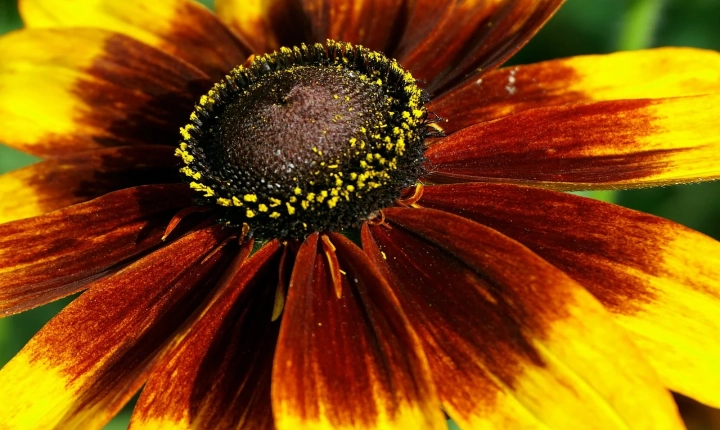Artificial intelligence (AI) has made impressive advancements in recent years, particularly in the field of image processing. One such application of AI is the generation of highly realistic and detailed AI headshots. These AI-generated portraits have become increasingly popular in various industries, including gaming, virtual reality, and digital marketing. In this article, we will explore the process of creating AI headshots and provide a step-by-step guide on how to leverage this technology effectively.
Step 1: Choose the Right AI Platform
The first step in creating AI headshots is to choose a reliable and effective AI platform. There are several AI-powered tools and platforms available that specialize in generating realistic human portraits. Some popular options include Artbreeder, This Person Does Not Exist, and RunwayML. It’s important to select a platform that offers high-quality image generation capabilities and suits your specific requirements.
Step 2: Input Parameters and Preferences
Once you have selected an AI platform, you will need to input the desired parameters and preferences for the AI headshot. This may include specifying the age, gender, facial features, and overall aesthetic of the portrait. Many AI platforms also allow users to adjust various parameters such as hairstyle, facial expression, and lighting conditions to create a custom-tailored portrait.
Step 3: Generate the AI Headshot
After inputting the necessary parameters and preferences, the AI platform will use complex algorithms and deep learning models to generate a unique and lifelike AI headshot. The AI system will analyze and synthesize various facial features, textures, and expressions to create a highly realistic and detailed portrait. Depending on the complexity of the request and the performance of the AI platform, the generation process may take a few seconds to a minute.
Step 4: Refine and Customize
Once the AI headshot has been generated, users have the option to refine and customize the portrait further. This may involve tweaking specific facial features, adjusting the color palette, or enhancing overall visual aesthetics. Many AI platforms provide user-friendly editing tools and options to fine-tune the generated portrait according to individual preferences.
Step 5: Utilize AI Headshots in Applications
After creating and customizing the AI headshot, it can be seamlessly integrated into various applications and use cases. AI-generated portraits are commonly used in gaming graphics, virtual reality environments, digital marketing campaigns, and even in film and media productions. The high level of detail and realism in AI headshots makes them valuable assets for creating engaging and immersive visual experiences.
While creating AI headshots has become more accessible and user-friendly with the development of advanced AI platforms, it’s important to remember the ethical implications associated with generating synthetic human faces.
Moreover, it’s imperative to use AI-generated portraits responsibly and respect privacy and consent guidelines.
In conclusion, the process of creating realistic AI headshots involves selecting the right AI platform, inputting the desired parameters and preferences, generating the portrait, refining and customizing as needed, and finally utilizing the AI headshots in various applications. By following these steps and using AI responsibly, individuals and businesses can harness the power of AI to create compelling and visually stunning human portraits.
